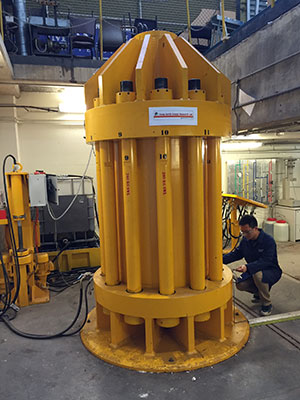In recent years, the extreme weather caused by global warming has induced a number of meteorological and environmental disasters. Geological storage of CO2 is widely accepted as an effective method for reducing greenhouse gas emissions. Suitable geological formations for CO2 capture and storage include saline aquifers, coal seams, and depleted oil/gas reservoirs. Saline aquifers are common worldwide and have great potential for CO2 storage. CO2 injection and storage in deep saline aquifers involves many types of phenomena, and the main trapping mechanisms in deep saline aquifers are stratigraphic and structural traps, residual gas traps, dissolution, mineral precipitation, and/or adsorption. CO2 injected into an aquifer will displace the brine but because of capillary forces, the groundwater will not be completely displaced by the injected CO2. This remnant water has an important influence on the potential capacity and security of geological storage reservoirs. Residual water saturation will not only have a strong influence on the residual gas traps but also diminish the trapping capacity of structural and stratigraphic traps. Therefore, it is essential to carefully investigate the properties of residual water to improve our understanding of the conditions relevant to those seen in deep saline acquires. We conduct core flooding experiments to define the kind of saline aquifers most suitable for the geological storage of CO2.

